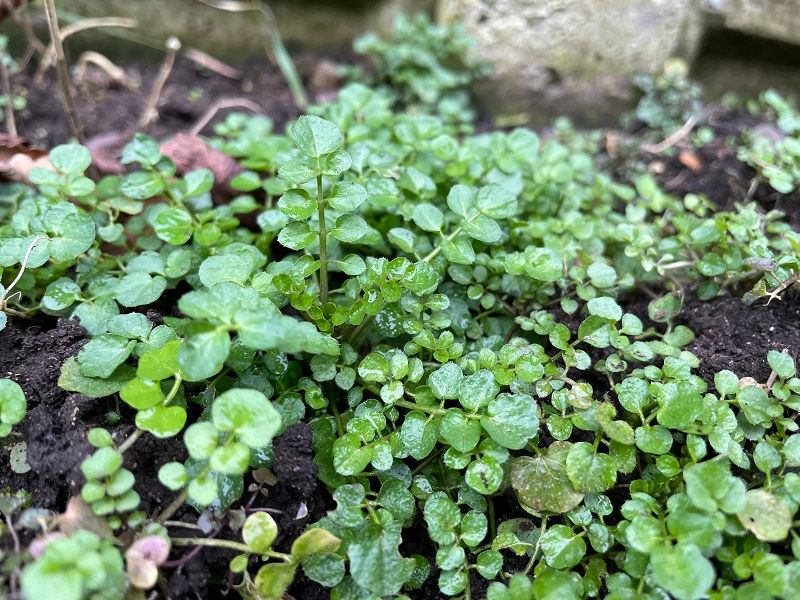Hairy bittercress - Cardamine hirsuta
- The Foraging Course Company
- Jan 22
- 2 min read

Edible plant - novice Season - all year Common names Hairy bittercress, hoary bittercress, flick weed, lamb's cress, hot weed, spring cress, popping cress
Scientific name meaning: The Greek word Kardamon, which means cress-like, is the origin of the genus name Cardamine. Hirsuta is derived from the Latin Hirsutus, meaning somewhat hairy, this is in reference to the leaves' hairs
Habitat  A native of Europe and Asia, hairy bittercress can now be found in most countries. It likes to grow on disturbed earth, garden borders, open ground, pavement cracks, plant pots, grassland, and, pretty much any bit of soil its seeds land on. |
Overall structure  Hairy bittercress is a small, low growing plant that can be 5cm to 30cm in diameter. It forms a dense basal rosette of leaves before putting up a tall, woody flower stalk. It can be found as individual specimens but more often in dense colonies. |
Leaves  The pinnately compound leaves are made up of pairs of oval to palmately lobed leaflets with a terminal palmate leaflet. The leaflets have a covering of tiny hairs. The leaves form a basal rosette, which is easier to see in younger specimens before mass leaf growth distorts a more uniform shape. The flower stalk leaves have thin, needle like leaflets. |
Stem  The flower stem is a 1-3mm thick, cylindrical and woody. It can reach 30cm tall but is usually much smaller. |
Flowers  The flower stalks produce a raceme of white flowers, that each have a cruciform petal arrangement - four petals in a cross shape. The reproductive parts protrude out of the flower, which is 2-4mm in diameter. |
Seeds  Long, thin seed pods appear after pollination. When ripe, the sides of the seed pods become extremely tense an burst open when disturbed by touch, wind or rain. This flings the seeds a good distance from the plant. |
Possible lookalikes  Hairy bittercress could be confused with other members of the Cardamine genus. It bears a striking resemblance to wavy bittercress in particular. However, all of this genus is edible. One is lady's smock (Cardamine pratensis), pictured, but its flowers are bigger (up to 2cm in diameter) and pink, and prefers to grow in damp grassland. It tastes of cress, too, but has more spicy heat.
|
Use as a food Hairy bittercress is a brassica and therefore a relative of mustards. It has a lovely cress-like flavour to add to a salad and, like cress, works very well with scrambled eggs or egg mayonnaise. All parts of hairy bittercress can be eaten, but the flower stalk is quite woody Use in herbal medicine and medicine There is some circumstantial evidence that Hairy bittercress may have anti-tumour properties
If you are suffering from any ailment or need medical advice, please see your General Practitioner.
Hazards None known
Other uses None known Importance to other species The flowers provide an early source of nectar for pollinators
Always stay safe when foraging. You need to be 100% sure of your identification, 100% sure that your foraged item is edible, and 100% sure that you are not allergic to it (it is good practice to always try a small amount of any new food you are consuming). If in doubt, leave it out!









Comments